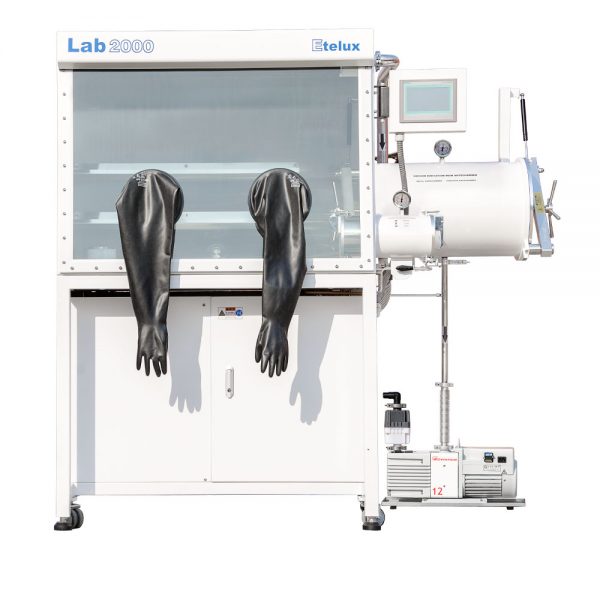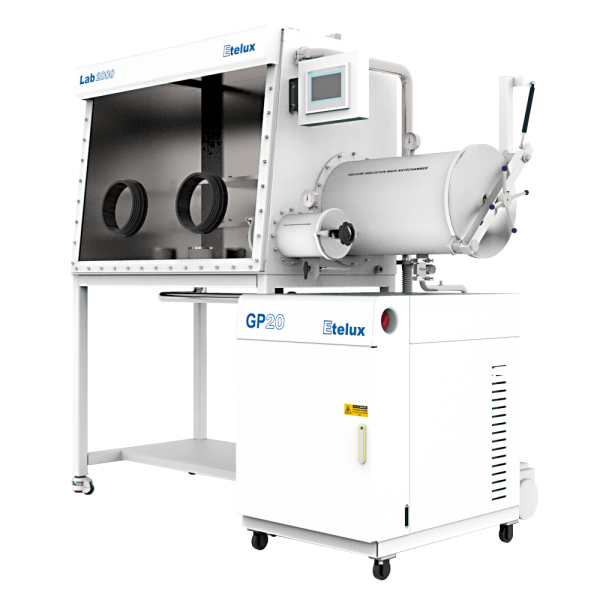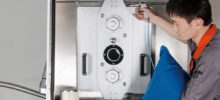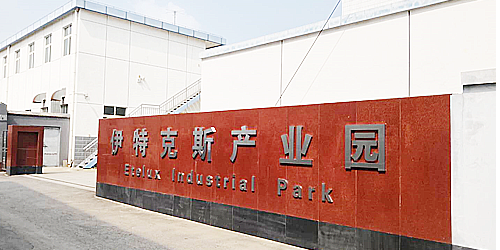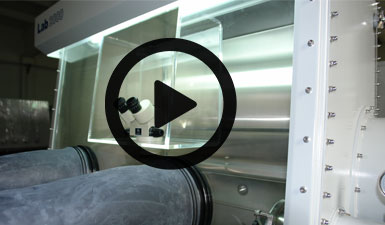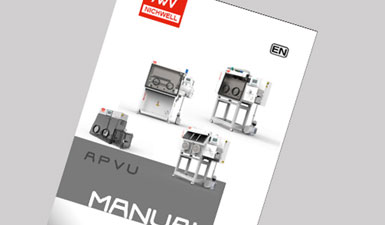To know whether the sealing of the glove box is good or not, you can test it by the following methods:
First, visual inspection
Observe the glove installation site
Carefully check the connection part of the glove and glove box interface. Under normal circumstances, the glove should be tightly mounted on the interface of the glove box, with no obvious gaps or looseness. If you notice a gap between the glove and the interface, or if the glove can wiggle around easily, then there may be a poor seal. For example, in some lower quality gloveboxes, the glove may not be mounted securely enough and when the glove is gently tugged on, significant displacement between the glove and the interface can be felt, indicating a poor seal.
Check whether the glove itself is broken or aging phenomenon. Gloves may be worn, cracked or hardened in the course of long-term use, and these may affect their sealing performance. For example, some rubber gloves may develop tiny cracks after a period of use due to chemical attack or frequent bending, and these cracks may lead to gas leakage and affect the sealing of the glove box.
Checking the box joints
Check to see if the connections between the various parts of the glove box’s case are tight. Generally speaking, the box of a glove box is assembled from several parts, and the connections between these parts should be sealed with sealant, sealing strips, or other sealing measures. If you find any gaps, deformation or peeling of sealing material at the connections, then there may be a sealing problem. For example, some glove boxes made of metal may have cracks in the welded parts of the box due to poor welding quality, or the welded parts may crack due to vibration or other reasons during long-term use, thus affecting the sealing.
Observe the sealing between the door of the glove box and the box. The door of the glove box is a critical sealing part and is usually equipped with a sealing strip or a magnetic sealing device. When the door is closed, it should be able to fit snugly into the box with no noticeable gaps. You can observe the fit between the door and the box with your naked eye, or gently pull the door by hand to feel the sealing resistance of the door. If the door is easily pulled open, or feel the door and the box between the obvious looseness, then there may be problems with the sealing performance. For example, some glove boxes that have been used for a long time, the sealing strip on the door may lose its elasticity due to aging, resulting in poor sealing.
Second, pressure test
Professional pressure test equipment
Use professional pressure testing instruments, such as pressure sensors and data loggers. Install the pressure sensor inside the glove box, and then by filling the glove box with a certain pressure of gas (usually inert gas such as nitrogen), and close all the inlets and outlets. The pressure sensor monitors the pressure changes inside the glove box in real time and transmits the data to the data logger for recording. Based on the pressure change curve over time, the leakage rate of the glove box can be calculated. For example, if the pressure drops faster within a certain period of time, then it indicates a higher leakage rate and poorer sealing.
Some high-end glove box manufacturers or professional testing organizations use specialized sealing performance testing equipment. These devices can usually simulate different pressure and temperature conditions, the glove box for a comprehensive sealing performance test. For example, in some industries that require very high sealing performance, such as semiconductor manufacturing and biomedical fields, these specialized equipment will be used to carry out rigorous testing of gloveboxes to ensure that their sealing performance meets the requirements. These devices can not only measure the leakage rate, but also detect the stability of the sealing performance of the glove box in different working conditions.
Third, gas detection
Oxygen and moisture content detection
Use oxygen and moisture content detector to detect the gas inside the glove box. If the sealing of the glove box is good, then under normal operating conditions, the internal oxygen and moisture content should be able to maintain a very low level. For example, for some demanding gloveboxes, the internal oxygen content should be controlled to less than one part per million (ppm) and the moisture content should be at a very low ppm (parts per million) level. If abnormally high levels of oxygen or moisture are detected, it may mean that there is a leak in the glovebox and that outside air is entering the glovebox.
Periodically sample the gas inside the glove box and compare it to the initial gas parameters. If oxygen and moisture levels are found to be gradually increasing, then the sealing performance of the glovebox is gradually deteriorating. For example, you can conduct a gas test on the glove box once a day or once a week and record the test data, and analyze the data to determine the trend of the sealing performance.
Worldwide shipping
Shipping & Returns

